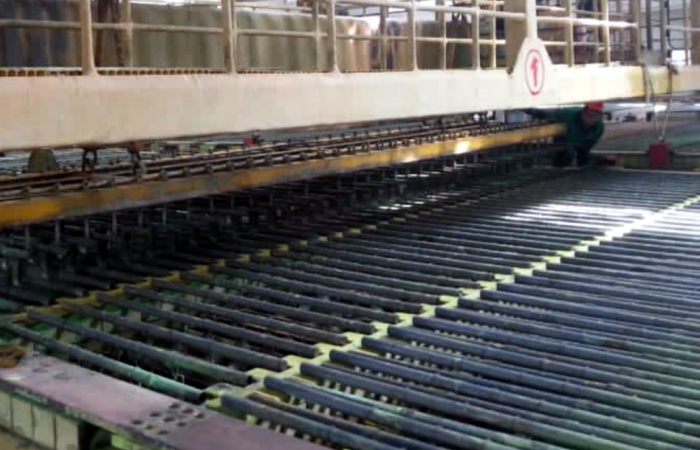Electrolytic nickel, as an important metal material, has wide applications in modern industrial production. The electrolytic nickel anode diaphragm cloth, as a key component in the electrolytic process, directly impacts the efficiency and quality of electrolytic nickel.
The electrolytic nickel anode diaphragm plays a crucial role in the electrolytic nickel production process. Its main functions are as follows:
Isolation of Negative Ions: It prevents negatively charged ions from moving towards the anode, thereby reducing the impurity ion content on the anode and ensuring the quality of the electroplated layer.
Ion Channel: The diaphragm bags provide a channel for ions. Through the pores of the diaphragm cloth, positively charged ions (such as Ni²⁺) in the electrolyte can move to the cathode to complete the electrolytic reaction.
Stabilization of Potential: The diaphragm prevents the diffusion and mixing of nickel ions and other cations in the electrolyte, ensuring the rate and uniformity of the electrolytic reaction.
Additionally, the anode diaphragm cloth can effectively control the pH of the electrolyte, maintaining the stability of the electrolyte and making the electrolytic process more uniform. This improves the quality and consistency of the electrolytic nickel. Depending on the material and performance, electrolytic nickel anode diaphragms can be categorized into different types. Currently, commonly used diaphragm fabrics include polyester, polyester-cotton, and others.

The electrolytic diaphragm products developed and produced by Bolian are used in the electrolytic refining processes of non-ferrous metals and in all industrial applications under sulfuric and chlorination systems.
With years of production and research experience, we are a supplier of large nickel smelting groups and major nickel-copper smelting companies in China. As the market diversifies, our research and development efforts have led to products that match a variety of process needs, including those used in electrolytic copper, electrolytic nickel, and electrolytic cobalt processes, for both soluble and insoluble anode techniques.